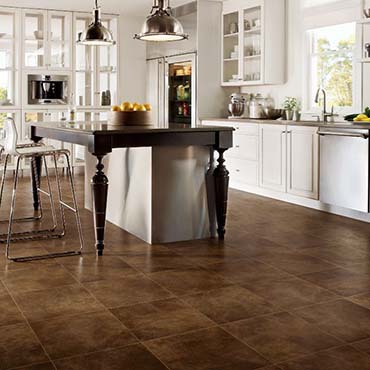Resilient/Vinyl Flooring

Resilient/Vinyl Flooring: Vinyl/Resilient
Revolutionizing Spaces: The Versatile World of Resilient/Vinyl Flooring
Introduction:
In the ever-evolving realm of interior design, the quest for both aesthetics and functionality leads us to resilient, often known as vinyl flooring. This flooring type, once seen as merely a budget-friendly option, has now ascended as a frontrunner in the design world. Its versatility and practicality make it a go-to choice for decorators and designers alike.
Defining Resilient and Vinyl Flooring:
Resilient flooring stands out for its ability to withstand heavy foot traffic while maintaining its shape and appearance. Vinyl, a major category within resilient flooring, is celebrated for its durability and variety of design options.
Types of Resilient/Vinyl Flooring:
- Sheet Vinyl: Known for seamless installation, sheet vinyl is perfect for areas where water resistance is crucial. Its expansive, continuous piece offers a uniform look, ideal for larger spaces.
- Vinyl Tiles: These offer the flexibility of mixing and matching designs, creating unique patterns and a customized feel.
- Vinyl Planks: Mimicking the aesthetics of hardwood floors, these planks bring a natural and warm feel to spaces, combining the beauty of wood with the resilience of vinyl.
Aesthetic Versatility:
Vinyl flooring's true appeal lies in its chameleon-like ability to replicate more expensive materials like hardwood, stone, and ceramic. Available in a myriad of designs, patterns, and textures, it allows designers to craft bespoke environments without compromising on cost or quality.
Durability and Maintenance:
Vinyl's durability, especially in high-traffic areas, is unmatched. It resists scratches, dents, and stains, making it ideal for commercial and residential spaces alike. Maintenance is a breeze - regular sweeping and occasional mopping keep it looking pristine.
Installation Techniques:
Each vinyl flooring type has its own installation method. Sheet vinyl requires precise cutting and fitting, while tiles and planks often feature a click-and-lock system for easier installation. Designers should consider the subfloor condition and the space's usage when choosing the installation technique.
Sustainability and Environmental Impact:
The environmental impact of vinyl flooring is a hot topic. Today, many manufacturers are embracing more sustainable practices, offering recyclable, phthalate-free, and low-VOC (Volatile Organic Compound) options. While it's important to acknowledge vinyl's synthetic nature, the industry's strides towards eco-friendliness are noteworthy.
Cost Considerations:
Vinyl flooring offers a cost-effective solution without sacrificing style. Its price varies based on quality and design but generally remains lower than natural materials, making it an attractive option for budget-conscious projects.
Trends and Future Outlook:
Vinyl flooring is at the forefront of design trends. Current preferences lean towards natural-looking textures and large-format tiles. As technology advances, we can anticipate even more realistic textures and environmentally friendly options, keeping vinyl flooring a staple in interior design.
Conclusion:
Resilient/vinyl flooring stands as a testament to the harmony of function and form. Its versatility in design, ease of maintenance, and cost-effectiveness make it an intelligent choice for interior designers and decorators. As the industry evolves, vinyl flooring continues to offer innovative solutions, ensuring its place in future design projects.
| Related Articles Using the Term: Resilient/Vinyl Flooring |
|---|

ArmstrongFlooring™ Sheet Vinyl
We've reinvented vinyl sheet flooring to give you products that combine incredible realism and comfort with durability and affordability. Take a look at vinyl sheet with Diamond 10® Technology — your floor will look newer, longer. Perfect for any room in your home.
- -